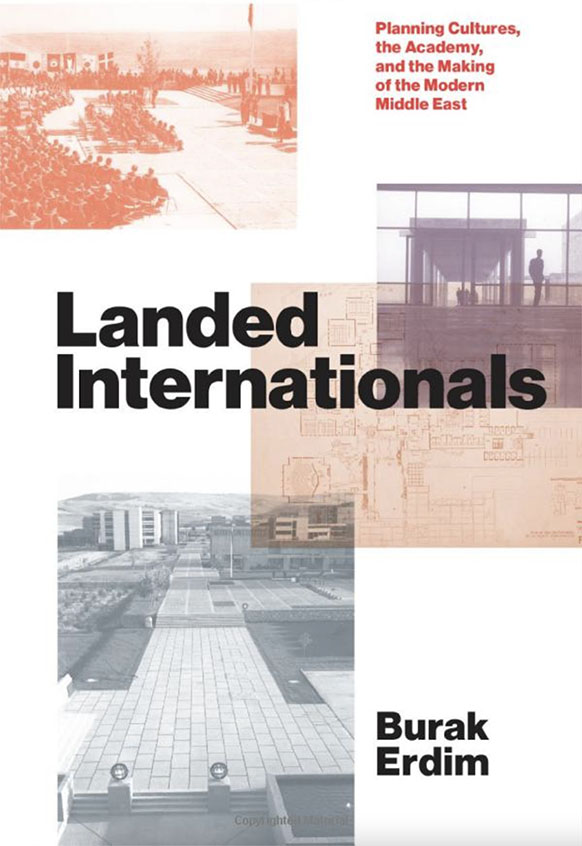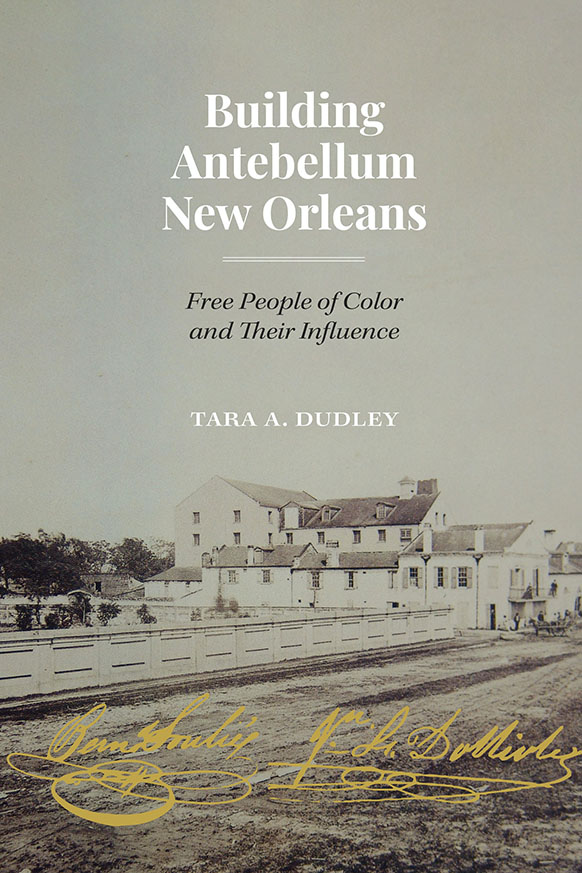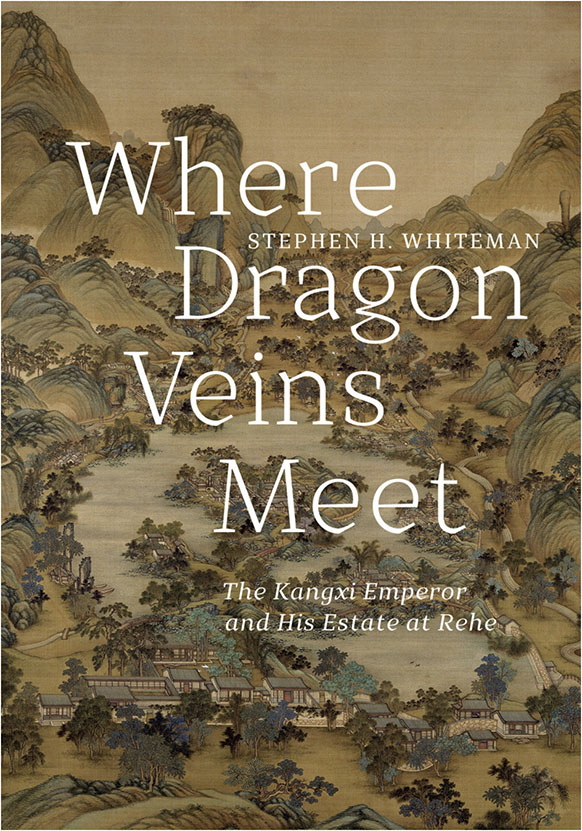2022 On the Brinck Book Award + Lecture winners announced
January 26, 2023



The University of New Mexico School of Architecture + Planning (UNM SA+P) is pleased to present the winners of the 2023 On The Brinck Book Award and Lecture series, created in honor of J.B. Jackson. The jury, comprised of Sunil Bald, Felipe Correa, Cathy Lang Ho, Nina-Marie Lister, Victor Rubin, Thaïsa Way, Sibel Zandi-Sayek, and Kathleen Kambic, honors the following publications:
Dudley, Tara A. Building Antebellum: New Orleans Free People of Color and Their Influence. University of Texas Press, 2021.
Erdim, Burak. Landed Internationals Planning Cultures, the Academy, and the Making of the Modern Middle East. University of Texas Press, 2020.
Whiteman, Stephen H. Where Dragon Veins Meet: The Kangxi Emperor and His Estate at Rehe. University of Washington Press, 2020.
UNM SA+P’s Dean Robert Alexander González founded the program as a Dean’s Initiative. He notes: “This award is supported by a generous endowment established by J.B. Jackson for us toward the end of his life. In his spirit, it affirms our commitment to promoting enlightened approaches to scholarship that emphasize new and overlooked areas of study, accessibility to the reader, and the integration of the allied disciplines we study at the School of Architecture + Planning.”
The jury feels the winning volumes embody the spirit of J.B. Jackson and contribute to knowledge and perspectives across the design disciplines, including architecture, landscape architecture, planning, and urban design. These books serve as a collection that can help students, faculty, and practitioners raise the bar of design discourse and open new discussions on ways of viewing and knowing.
Head juror, UNM School of Architecture + Planning (SA+P) Associate Professor Kathleen Kambic, states: “These three volumes raise the bar for interdisciplinary design studies and design research overall. The jury is incredibly happy to have such powerful scholarship as part of this award.”
On March 9, 2023, the authors will take part in a symposium at the School of Architecture + Planning’s George Pearl Hall in Albuquerque, New Mexico, where they will present their work and discuss each other’s work in the context of J.B. Jackson and contemporary issues within architecture and design.
The following jury comments about the books encapsulate the award programs thematic connection to J.B. Jackson’s historic contributions.
Building Antebellum: New Orleans Free People of Color and Their Influence by Tara A. Dudley, “Dudley illustrates the significance of New Orleans’ cultural frameworks through the perspectives of two free-POC families. The author reveals how the history of free people of color influenced the history and politics of historic preservation and the recording of built places. This case study reveals the cultural value of architecture and the built environment writ large. This is a remarkable resource”.
Landed Internationals Planning Cultures, the Academy, and the Making of the Modern Middle East, by Burak Erdim, “This book serves as an antidote to the Western perspective on international post-war era urban planning. The author provides a perspective on architectural Modernism– a situated modernity that reveals the differences between technocrats and planners from different sides of the world as they collide at Middle East Technical University (METU) in Ankara, Turkey. It is at times personal, institutional, and political, and above all, an eye-opener on the politics of expertise”.
Where Dragon Veins Meet: The Kangxi Emperor and His Estate at Rehe by Stephen H. Whiteman, “This volume examines the importance of the Rehe Palace’s influence on cultural production in China. The author’s meticulous use of image analysis reveals the dialogue between painting and place, encouraging the reader to consider the notion of physical space as reflective of an ideology. The writing reveals an incredible breadth of research and understanding of the political and cultural power of landscapes”.

